Value flagships are increasingly gaining momentum, with each generation adding new features. Here at Android Central, we've used all the affordable flagships released in 2019 and are here to help you pick the right phone for your needs.
Redmi K20 Pro
Unmatched value
Pros
- Incredible value
- Outstanding battery life
- Snapdragon 855 chipset
- MIUI finally feels stable
- Has a 3.5mm jack
Cons
- Limited availability
- No water resistance
Xiaomi has done it again: the Redmi K20 Pro delivers the kind of value that you just don't get with any other phone today. This is the most affordable device with a Snapdragon 855, and that's going to remain unchanged in 2019. You also get a great camera, outstanding battery life, absolutely gorgeous design, and there's even a 3.5mm jack.
OnePlus 7 Pro
Smooth operator
Pros
- Stunning 90Hz display
- 30W fast charging
- Snapdragon 855 chipset
- Clean software with fast updates
- Gorgeous design
Cons
- No headphone jack
- Average battery life
- No water resistance
- No wireless charging
- Bulky
The OnePlus 7 Pro is the company's most ambitious device to date. The new QHD 90Hz display is stunning, and it makes everyday interactions that much smoother. OxygenOS continues to lead the pack in terms of software, providing useful additions without any bloat. The OnePlus 7 Pro is without a doubt one of the fastest phones money can buy today.
OnePlus has dominated the value space over the last three years, even managing to overtake Samsung in the premium category in India. That's no small feat, and is a testament to OnePlus' efforts in the country. With the Redmi K20 Pro, Xiaomi is looking to steal some of that market share in the value flagship segment, allowing the brand to consolidate its position as India's number one phone manufacturer.
The Redmi K20 Pro changes the paradigm for value
Year after year, Xiaomi manages to redefine the value segment. We saw that last year with the POCO F1, and the Redmi K20 Pro delivers on the same ideals. The Redmi K20 Pro is packed with the latest tech available today in the form of a Snapdragon 855 and retractable front camera, and combines that with a 4,000mAh battery that lasts for two days and a software experience that finally feels cohesive.
When you consider the fact that the Redmi K20 Pro starts off at just ₹27,999 ($405), it's easy to see why it's getting so much attention. To put things into context, the OnePlus 7 Pro retails at ₹48,999 ($710) in India, or ₹21,000 ($305) more than the Redmi K20 Pro.
The Redmi K20 Pro proves Xiaomi is the brand to beat when it comes to value.
So let's see what you get for that added premium. The OnePlus 7 Pro's main selling point is the 90Hz display and 48-megapixel camera at the back, but let's talk about the display first. The QHD+ Fluid AMOLED panel on the OnePlus 7 Pro is absolutely stunning, and it makes everyday actions like web scrolling much more enjoyable. A lot of that has to do with the fact that the panel has a 90Hz refresh rate, leading to buttery-smooth navigation.
The 90Hz screen is a differentiator, but it's also limited in scope: you can't play most titles — like PUBG or Fortnite — at 90Hz because those are locked to 60Hz. For the most part, you'll only see the difference in day-to-day tasks. I'm not disparaging the screen here — it's one of the best features on the phone — but OnePlus should have done more to make sure there are more games playable at 90Hz to take full advantage of that display. The Redmi K20 Pro, meanwhile, comes with a FHD+ display, but the AMOLED screen is one of the best you'll find for under ₹30,000.
Coming to the design side of things, both phones have notchless designs thanks to retractable camera modules and glass backs. The OnePlus 7 Pro in Nebula Blue has an understated effect with a matte finish, and it ends up looking very classy. The Redmi K20 Pro, on the other hand, has much more aggressive styling, with the gradient effect showing up under the right lighting conditions. Both phones look the part, but I'm more inclined toward the Redmi K20 Pro just because of that shifting gradient pattern.
On the subject of design, the Redmi K20 Pro has a 3.5mm jack, and the OnePlus 7 Pro does not. There's also a token notification LED on the K20 Pro, but it's tucked away on the retractable camera and is not useful at all. Elsewhere, the OnePlus 7 Pro has stereo speakers that actually sound great, with the Redmi K20 Pro featuring a single speaker at the bottom. That speaker gets loud, but you jus don't get the same audio separation as the OnePlus 7 Pro.
Both phones dominate when it comes to day-to-day usage, and you're not missing out on any core features.
Both phones have the same 4,000mAh batteries, but the OnePlus 7 Pro is heavier by 15g, making it unwieldy. What makes the OnePlus 7 Pro uncomfortable to hold is the weight distribution — it doesn't have the same balanced heft as other phones that weigh as much, like the Reno 10x Zoom.
Switching over to the internal hardware, both phones are running the latest Snapdragon 855 chipset. OnePlus 7 Pro has that little bit extra because it's using a UFS 3.0 storage module, but you're not going to see any difference in day-to-day usage. The newer UFS 3,0 format is purely for future-proofing the device. As you'd imagine from two devices that put so much focus on performance, there are no slowdowns or lag anywhere during regular usage. These are two of the fastest phones in the market today.
You also get 6GB of RAM and 128GB of storage as standard on both devices, as well as Wi-Fi ac 2.2 MIMO, Bluetooth 5.0, NFC, and AptX HD — you're not missing out on any core features on either device. That said, water resistance and wireless charging are missing from both phones, and while it's forgivable on the Redmi K20 Pro, you'd think that OnePlus would have added the features considering how much its flagship costs.
| Category | Redmi K20 Pro | OnePlus 7 Pro |
|---|---|---|
| Operating system | Android 9.0 Pie MIUI 10 |
Android 9.0 Pie OxygenOS 9.5 |
| Display | 6.39-inch Super AMOLED 2340x1080 (19.5:9) HDR Gorilla Glass 5 |
6.67-inch Fluid AMOLED 3120x1440 (19.5:9) 90Hz, HDR10+ Gorilla Glass 6 |
| Chipset | Snapdragon 855 1 x 2.84GHz Kryo 485 3 x 2.41GHz Kryo 485 4 x 1.78GHz Kryo 485 Adreno 640 7nm |
Snapdragon 855 1 x 2.84GHz Kryo 485 3 x 2.41GHz Kryo 485 4 x 1.78GHz Kryo 485 Adreno 640 7nm |
| RAM | 6GB/8GB | 6GB/8GB/12GB |
| Storage | 128GB/256GB | 128GB/256GB |
| MicroSD slot | No | No |
| Rear camera 1 | 48MP, f/1.8 0.8um Dual Pixel PDAF |
48MP, f/1.6 0.8um, OIS Dual Pixel PDAF |
| Rear camera 2 | 8MP, f/2.4 telephoto |
8MP, f/2.4 OIS, telephoto |
| Rear camera 3 | 13MP, f/2.4 124-degree field-of-view |
16MP, f/2.2 117-degree field-of-view |
| Front camera 1 | 20MP, f/2.2 HDR |
16MP, f/2.0 |
| Connectivity | Wi-Fi ac 2x2 MIMO, Bluetooth 5.0 AptX HD, LDAC, NFC, A-GPS |
Wi-Fi ac 2x2 MIMO, Bluetooth 5.0 AptX HD, LDAC, NFC, A-GPS |
| Audio | 3.5mm jack Single speaker |
USB-C Stereo speakers |
| Battery | 4000mAh Non-removable |
4000mAh Non-removable |
| Charging | USB-C 2.0 27W |
USB-C 3.1 30W |
| Water resistance | No | No |
| Security | In-display fingerprint | In-display fingerprint |
| Dimensions | 156.7 x 74.3 x 8.8mm 191g |
162.6 x 75.9 x 8.8mm 206g |
| Colors | Carbon Black, Flame Red, Glacier Blue | Mirror Gray, Nebula Blue, Almond |
The OnePlus 7 Pro has the best third-party software today
Over the last two years, OnePlus has established itself as the brand to beat when it comes to software. OxygenOS is just about the best third-party skin around, and it continually gets better with updates. Xiaomi, meanwhile, decided to put ads in MIUI at the end of last year, a move that didn't go down well with its vocal community.
OxygenOS is great out of the box, and it continues to get better over time.
For what it's worth, the Redmi K20 Pro doesn't have any ads itself, but you'll still get notifications from Xiaomi services like Mi Video and Mi Music. Aside from that, MIUI in its current iteration on the Redmi K20 Pro is its most refined yet, and the fact that you get the POCO Launcher out of the box is an added bonus. Doing so allows Xiaomi to bundle an app drawer before the feature is baked into MIUI later this year.
Of the two, it's obvious that OxygenOS is the better option. OnePlus has done a magnificent job with the skin, and year after year it sets the standard for other manufacturers. OnePlus is also rolling out features exclusive to the Indian market, with the new additions slated to debut sometime in August.
Too close to call on the camera front
Both devices feature a Sony IMX 586 sensor for the 48MP primary camera, and you get a wide-angle lens and telephoto shooter as well. OnePlus rolled out several updates to the 7 Pro in the last two months to tweak the overall image quality after feedback from its community, and the camera is now at a point where it doesn't feel sub-par.
For what it costs, the Redmi K20 Pro takes stunning photos.
The Redmi K20 Pro, meanwhile, doesn't have the same drawbacks. Xiaomi has done a fantastic job tuning its cameras this year, with the Mi 9 being a particular standout. The Redmi K20 Pro follows along in a similar vein, delivering great shots both in daylight and low-light scenarios.
Xiaomi's camera interface is also more intuitve, with all the shooting modes accessible with a swie left or right gesture. On the OnePlus 7 Pro, you get four modes on the main viewfinder, and you'll have to swie up to access the rest of the options. The Redmi K20 Pro also does a better job letting you shoot in the native 48MP mode, with the option right next to the Photo mode.
Redmi K20 Pro to the left, on the right.
Both phones take great photos in daylight sceanrios, with the OnePlus 7 Pro slightly edging out the K20 Pro with better dynamic range and color accuracy. In low-light, however, the Redmi K20 Pro manages to do a better job preserving detail and minimizing noise.
The Redmi K20 Pro is the obvious pick
Both phones have their strengths and weaknesses, but at the end of the day it all comes down to value. And in that category, Xiaomi is the outright winner.
The sheer value on offer makes the Redmi K20 Pro the obvious choice here.
The affordability of the Redmi K20 Pro makes it one of the best phones in the market today. Like the POCO F1 last year, this is the most affordable option to get your hands on Qualcomm's latest silicon, and that is a huge differentiator. The fact that you also get a gorgeous design and great 48-megapixel camera along with two-day battery life is just a nice bonus.
The OnePlus 7 Pro gets a lot right, but the additions don't justify the added cost. I'm a fan of that 90Hz panel and will continue to sing praises about OxygenOS, but at the end of the day, there really isn't a lot here to shell out an extra ₹21,000.
Redmi K20 Pro
Unmatched value
An outstanding deal in 2019
The Redmi K20 Pro is a standout device in 2019 thanks to a combination of great design and incredible hardware. The phone is the most affordable to feature the Snapdragon 855, and you also get a decent camera and outstanding battery life.
OnePlus 7 Pro
Smooth operator
Great hardware, excellent software.
With the OnePlus 7 Pro, it's a familiar story. You get amazing hardware and a new 90Hz display that just makes everyday interactions that much more enjoyable, and a software experience that's one of the best on Android. It's not quite as good a value next to the Redmi K20 Pro, but it's still a solid phone.
from Android Central - Android Forums, News, Reviews, Help and Android Wallpapers https://ift.tt/2Md7KOZ
via IFTTT
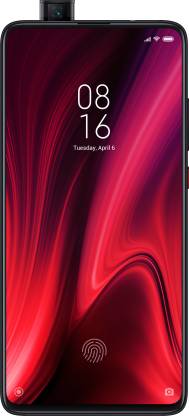
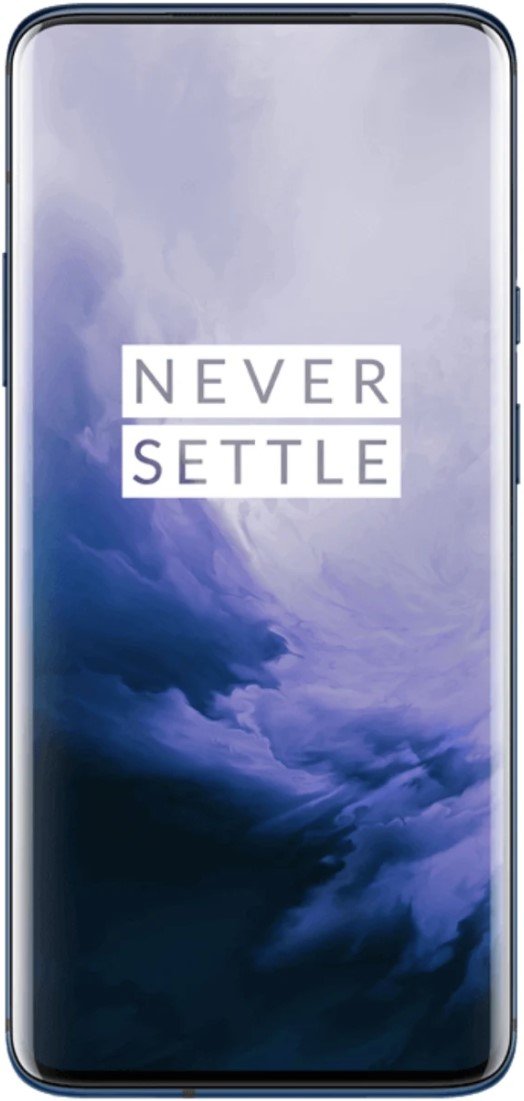


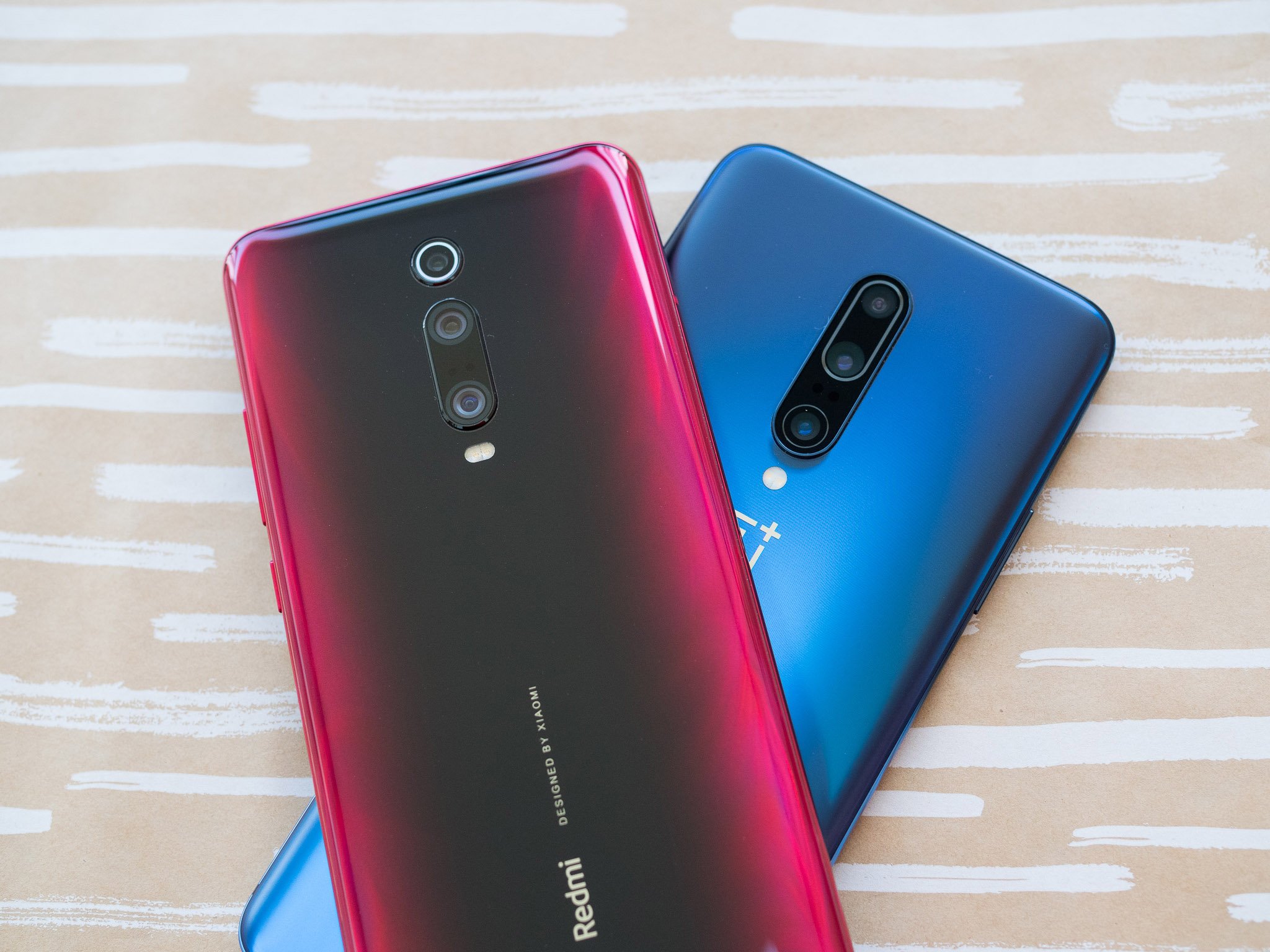
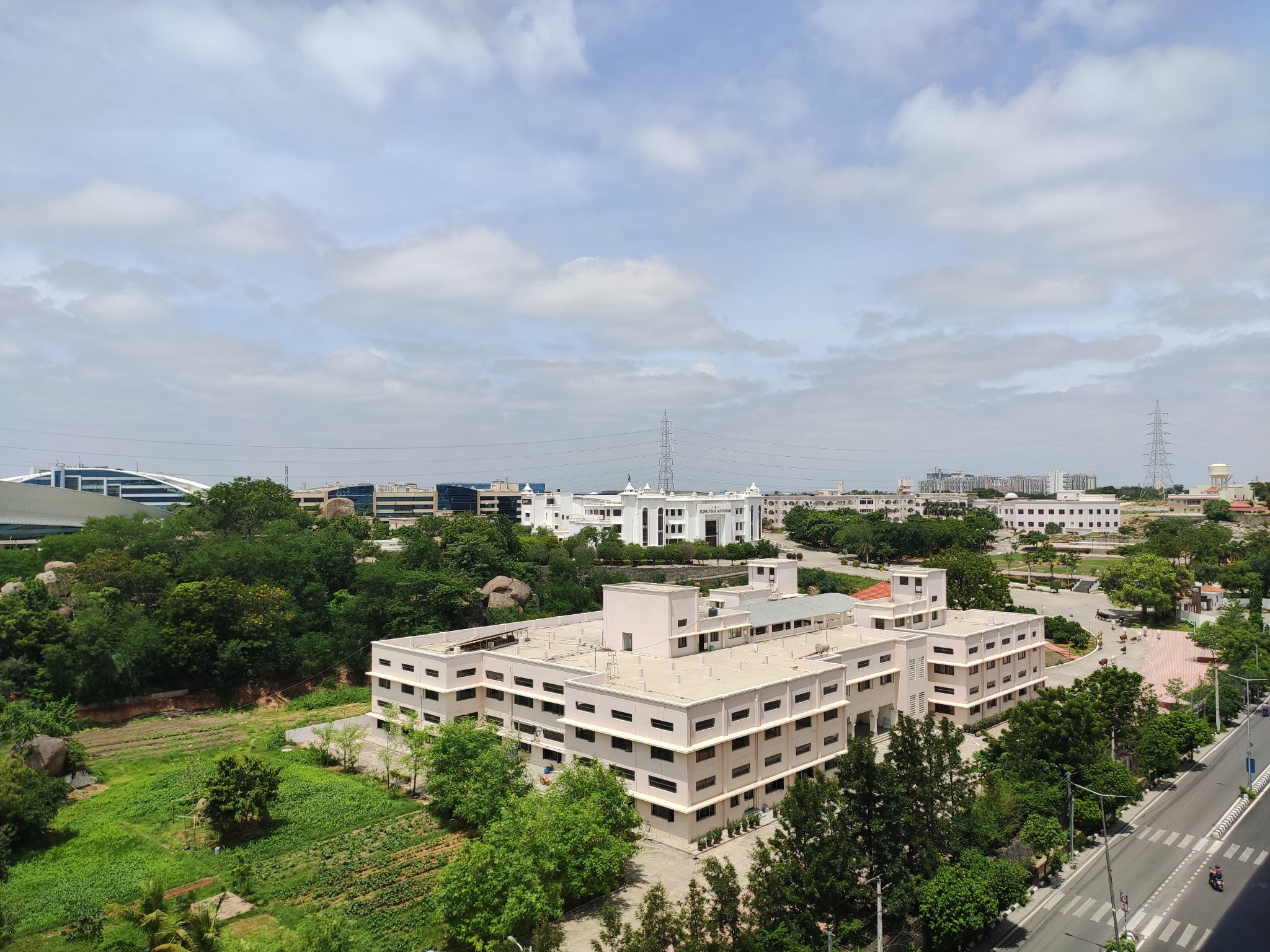
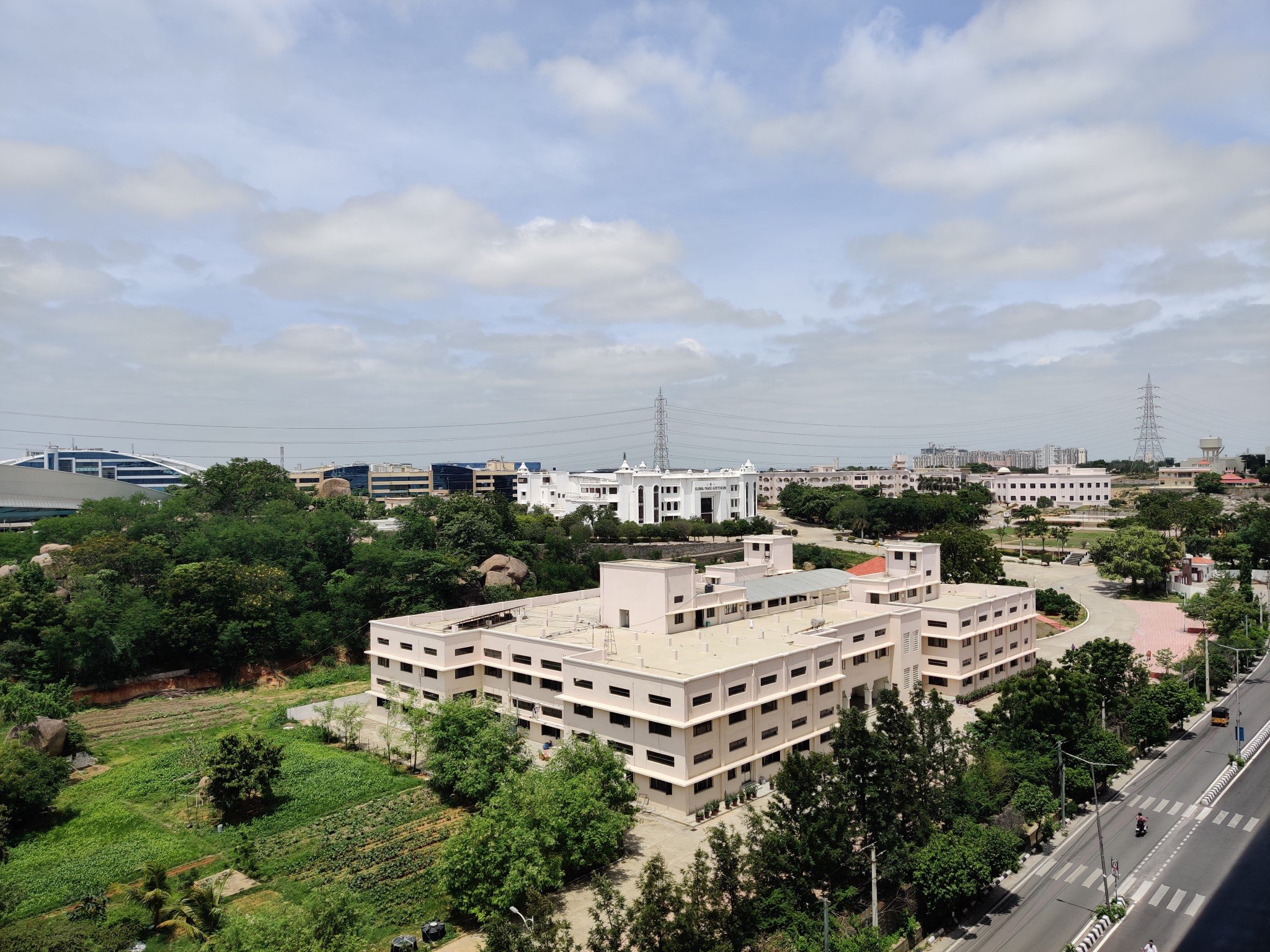

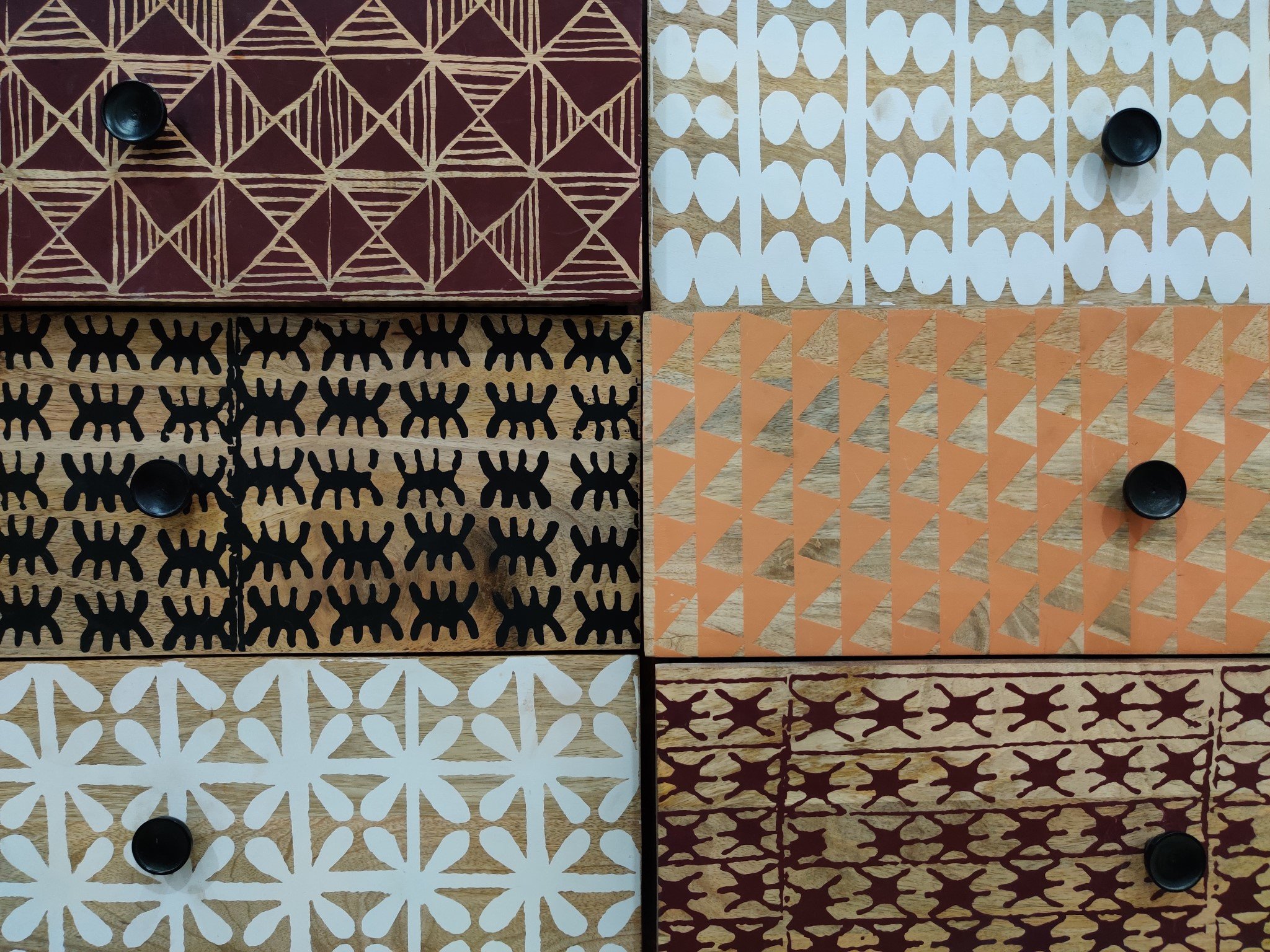



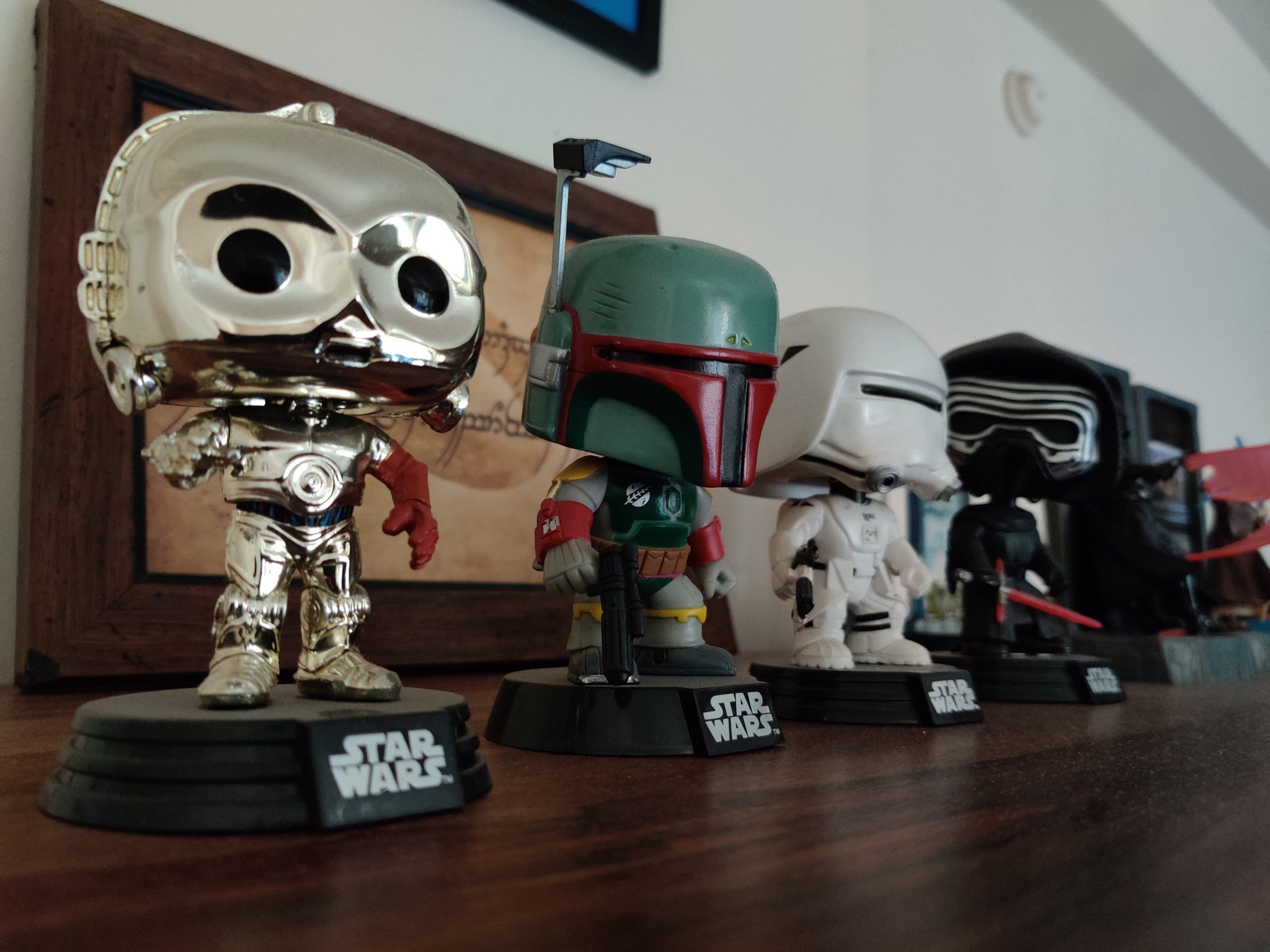

No comments:
Post a Comment